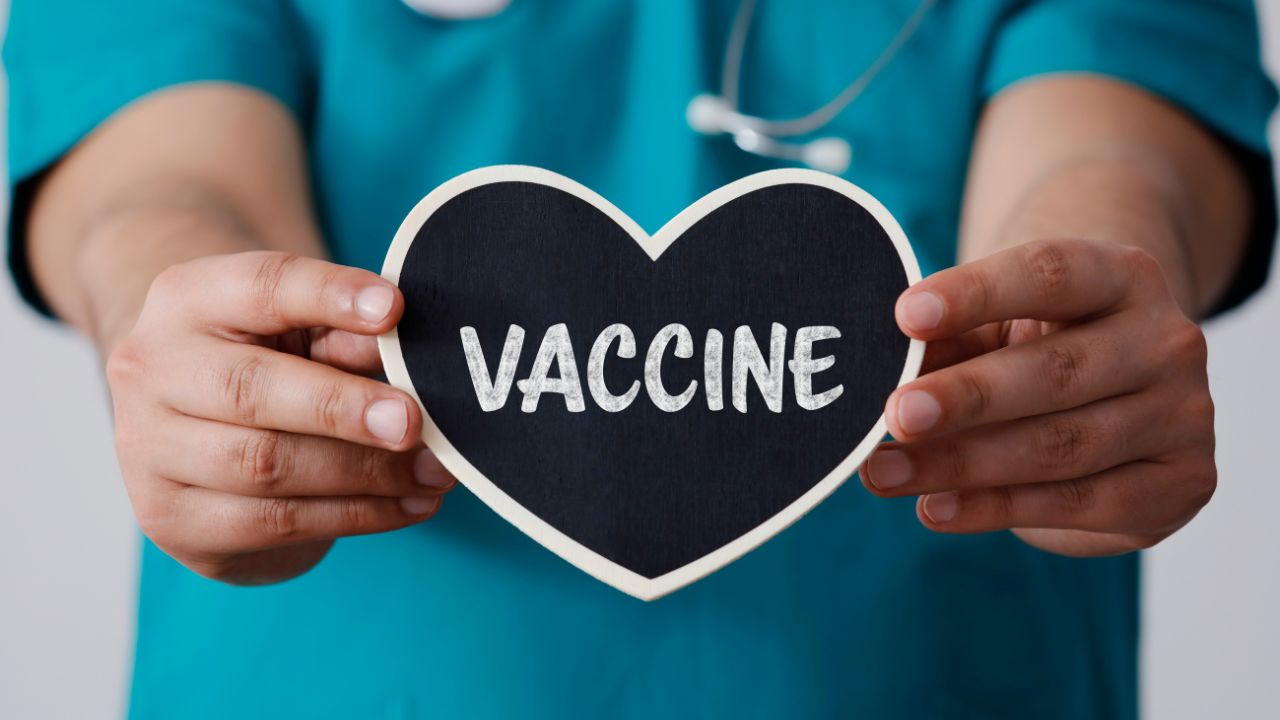
In the aftermath of a troubling surge in COVID-19 cases within elderly care facilities, experts are sounding the alarm as vaccination rates among senior residents remain disappointingly low, with less than half having received a crucial booster shot.
The persistent threat of the coronavirus continues to cast a shadow over aged care homes, intensifying the need to vaccinate vulnerable residents. Despite widespread endeavours to administer booster shots, the nation is grappling with the harsh reality that the majority of seniors have yet to receive the necessary additional dose.
The recent upswing in COVID-19 cases within aged care facilities has only underscored the urgency of the situation. Health authorities are deeply concerned about the potential consequences of low vaccination rates, given that elderly individuals face a significantly higher risk of severe illness or even death when infected with the virus. The call to increase vaccination efforts within aged care facilities has become pressing.
The challenges encountered in achieving higher vaccination rates among aged care residents are multifaceted. Some individuals may harbour hesitancy due to concerns regarding vaccine efficacy or potential side effects. Others may face logistical obstacles or lack access to accurate information.
Maintaining high levels of immunity through up-to-date COVID boosters is essential for safeguarding this vulnerable demographic from severe outcomes during the winter season.
Advanced age, preexisting chronic illnesses, and weakened immune systems are just a few factors contributing to the heightened vulnerability of this group.
Vaccines not only protect against severe illness but also reduce the likelihood of transmitting COVID to others in this high-risk environment.
Moreover, with increased rates of COVID transmission in the community, it is highly likely that we will witness more active outbreaks in residential aged care facilities. This highlights the importance of having more residents receive their booster shots.
The reasons behind the low COVID booster rates in aged care remain somewhat unclear.
COVID vaccine fatigue might be a contributing factor. Residents and their families could have become indifferent to public health messages emphasising the importance of vaccination and staying up to date with booster shots. However, it is challenging to quantify the extent of this issue within aged care.
Changes in the delivery of COVID vaccines to aged care facilities might have also played a role. Initially, vaccine distribution was coordinated at the federal level. However, responsibility for ensuring residents’ access to recommended COVID vaccines now lies with aged care centres, with primary healthcare providers such as general practitioners (GPs) and pharmacists administering the shots.
Health departments and healthcare workers are well aware of the imperative to adequately protect aged care residents as we approach the winter season.
In February 2023, incentive payments for eligible healthcare workers administering COVID vaccines in residential aged care facilities were streamlined and increased.
In April 2023, the Chief Medical Officer of the Federal Health Department, along with the Aged Care Quality and Safety Commissioner, issued a joint letter to aged care providers offering guidance on preparing for winter, including a reminder about COVID vaccination.
Additionally, the federal government has called upon Primary Health Networks, which coordinate primary healthcare delivery in their respective regions, to encourage and support residential aged care homes across Australia in organising COVID vaccination clinics.
These efforts are positive and sensible. However, as we near the end of May, COVID booster rates have not experienced a significant surge. This is a cause for concern.
My normally on the ball Residential care in Green Hills NSW, has their non resident GP stating no vaccinations until a whole lot of people can be serviced for both flu and COVID boosters. My husband almost died a few years ago from influenza and early last year from COVID. Surely this is crackers! I mean, just divide the vials off and insulate; a short walk / drive to the facility.